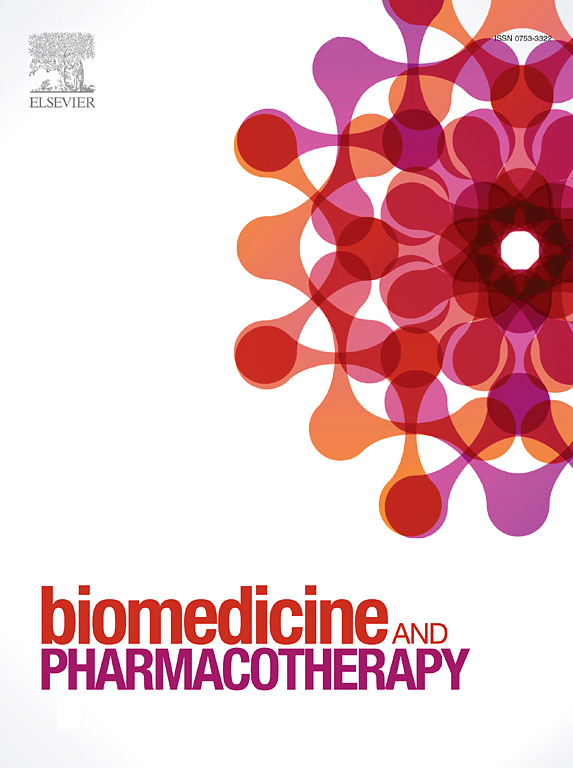肝细胞衍生的细胞外囊泡在肝脏和肝外疾病中的作用。
IF 6.9
2区 医学
Q1 MEDICINE, RESEARCH & EXPERIMENTAL
引用次数: 0
摘要
细胞外囊泡(EVs)是具有双膜结构的囊泡状体,由细胞膜释放或由细胞分泌到细胞外环境中。它们包括外泌体、微囊泡和凋亡体。越来越多的证据表明,肝细胞内容物的组成在损伤后会发生变化。EVs的数量及其携带的生物活性物质因肝细胞的状况而异。肝细胞利用EVs调节不同肝细胞的功能,并通过全身循环将EVs转移到远处的器官,从而在细胞间通信中发挥重要作用。本综述简要概述了在不同生理和病理条件下,肝细胞衍生的EVs(Hep-EVs)对肝脏疾病和肝外疾病的影响和潜在机制的研究。讨论的常见肝病包括非酒精性脂肪肝(NAFLD)、病毒性肝炎、酒精性肝病、药物性肝损伤和肝癌。鉴于非酒精性脂肪肝是全球发病率最高的慢性肝病,本综述特别强调了肝细胞衍生的 EVs 在非酒精性脂肪肝的疾病进展、诊断和治疗中的应用。本文章由计算机程序翻译,如有差异,请以英文原文为准。
The role of hepatocyte-derived extracellular vesicles in liver and extrahepatic diseases
Extracellular vesicles (EVs) are vesicle-like bodies with a double membrane structure that are released from the cell membrane or secreted by cells into the extracellular environment. These include exosomes, microvesicles, and apoptotic bodies. There is growing evidence indicating that the composition of liver cell contents changes following injury. The quantity of EVs and the biologically active substances they carry vary depending on the condition of the liver cells. Hepatocytes utilize EVs to modulate the functions of different liver cells and transfer them to distant organs via the systemic circulation, thereby playing a crucial role in intercellular communication. This review provides a concise overview of the research on the effects and potential mechanisms of hepatocyte-derived EVs (Hep-EVs) on liver diseases and extrahepatic diseases under different physiological and pathological conditions. Common liver diseases discussed include non-alcoholic fatty liver disease (NAFLD), viral hepatitis, alcoholic liver disease, drug-induced liver damage, and liver cancer. Given that NAFLD is the most prevalent chronic liver disease globally, this review particularly highlights the use of hepatocyte-derived EVs in NAFLD for disease progression, diagnosis, and treatment.
求助全文
通过发布文献求助,成功后即可免费获取论文全文。
去求助
来源期刊
CiteScore
11.90
自引率
2.70%
发文量
1621
审稿时长
48 days
期刊介绍:
Biomedicine & Pharmacotherapy stands as a multidisciplinary journal, presenting a spectrum of original research reports, reviews, and communications in the realms of clinical and basic medicine, as well as pharmacology. The journal spans various fields, including Cancer, Nutriceutics, Neurodegenerative, Cardiac, and Infectious Diseases.

 求助内容:
求助内容: 应助结果提醒方式:
应助结果提醒方式:


